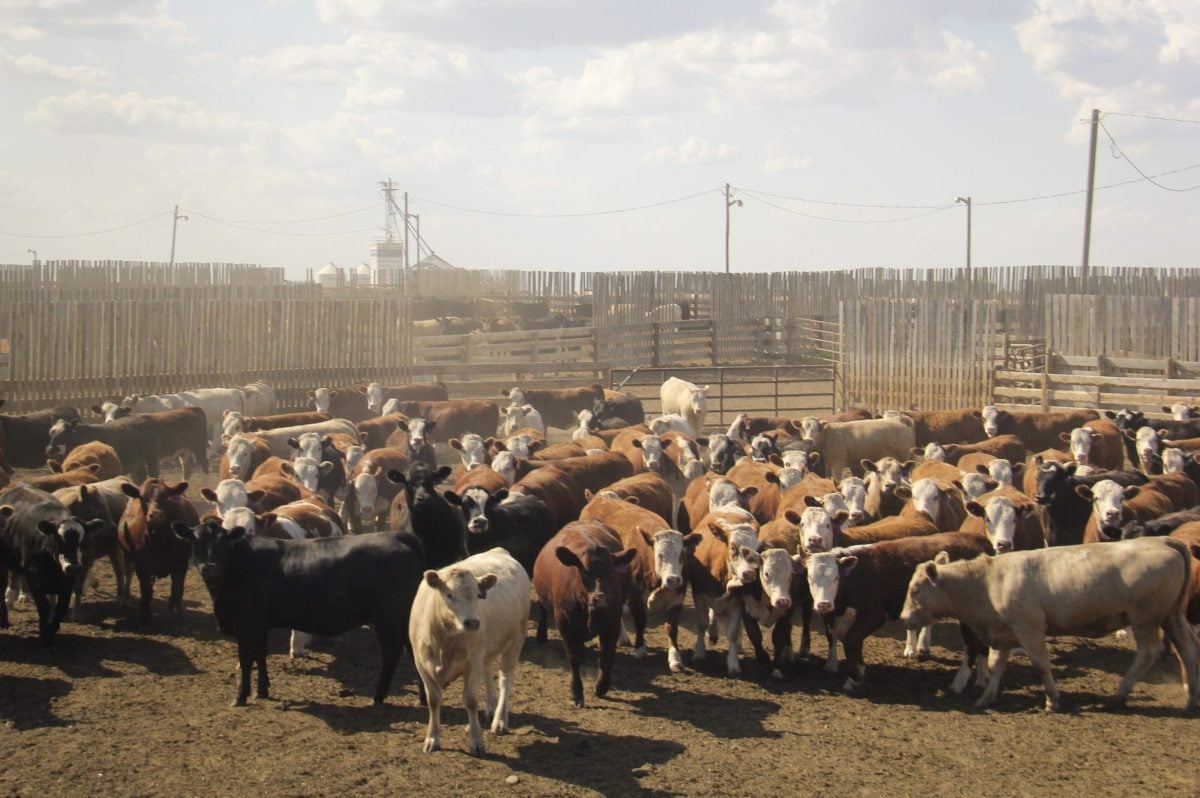WINNIPEG — Bids for western Canadian malt barley are still firm despite a lack of high-quality supplies, industry watchers say.
“Prices are still fairly high, but quality is fairly low.” said Reid Fenton, president of BLB Grain Group in Three Hills, Alta.
“If it grows, it goes,” is how he describes the current situation.
He says barley that qualifies for malting specifications is generally receiving bids close to $6 a bushel.
However, because of the hailstorms, snow and cold that plagued the Prairies last year, fewer crops actually reached malting requirements.
Read Also

U.S. livestock: Hog futures hit contract highs on shock herd decline
Chicago | Reuters – Lean hog futures stormed to contract highs at the Chicago Mercantile Exchange on Friday as smaller-than-expected…
“That seems to be the issue we’re facing. Lots of stuff did not grow right off the bat and some stuff was high chit,” said Fenton.
Poor weather took its toll on barley crops in most parts of Alberta, according to a director with the Western Barley Growers Association.
“It was a tough year to produce malt in west-central Alberta,” said Jeff Nielsen, who runs an operation near Olds.
He said malt generally does worse in high-moisture situations because the germ will break away from the kernel too easily. Maltsters have strict specifications for the barley they accept, which usually requires protein content of 11 to 12.5 percent (dry basis).
“My malt turned out to be higher in protein at 14.2 (percent), which I’ve never seen before in my barley,” he said.
Heavy rain also damaged the malt barley crop in the United States, leading to a further scramble for supplies among maltsters.
When it comes to price for new crop supplies, Nielsen said values could be a little higher.
“I’ve generally heard (bids of) $4.75 and up for new crops,” he said.
That is not much of a premium over feed barley, which in some cases is fetching $4.10.
“You generally want to see a dollar more for malt than feed,” said Nielsen.
Fenton said pricing opportunities are available. Maltsters are knocking on doors looking to secure new production contracts. They’re doing so even though many have their short-term needs covered through to the end of July.
“We’re seeing a growing demand for actual malt,” agreed Nielsen, who noted some craft breweries exclusively use water, yeast, malt and hops in their brews, forsaking rice adjuvants that are becoming more prevalent in bigger-name labels.
“So we’re seeing demand for good quality malt from them (craft breweries),” he said.
Nielsen said China is another market that is also developing a taste for quality beer, so he’s hoping that will translate into higher exports.















